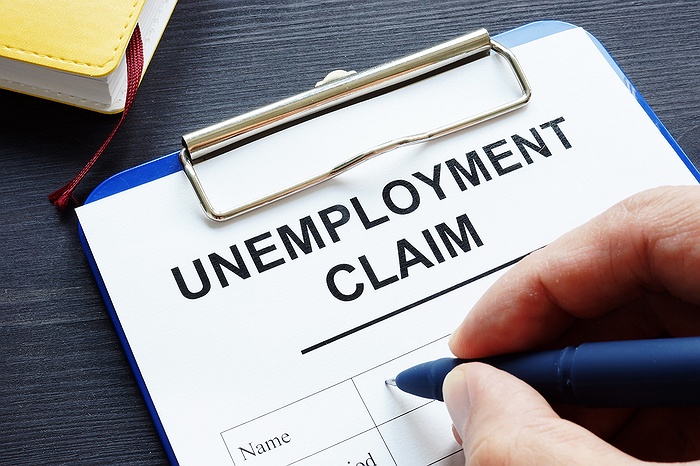
Individuals who spend most of their time engaged in activities they love are 3.2 times more likely to thrive in their careers than those who spend most of their time doing things they don’t enjoy.
New York is struggling with unemployment recently, with last week’s claims 2.76% higher than in the previous week but 1.70% lower than last year, according to WalletHub’s updated rankings for the States Where Unemployment Claims Are Decreasing the Most.
Unemployment Situation in New York (1=Best; 25=Avg.):
-
Overall Rank for New York: 51st
-
36th – Unemployment Claims Decrease vs. Previous Week
-
27th – Unemployment Claims Decrease vs. Same Week Last Year
-
51st – Cumulative Unemployment Claims in 2024 vs. Same Period Last Year
-
41st – Unemployment Claims per 100,000 People in Labor Force
Q&A
What is the correlation between job satisfaction and pursuing one’s passion in today’s labor market?
“A positive relationship exists between job satisfaction and pursuing one’s passion in the current job market. According to the payroll and HR company ADP, individuals who spend most of their time engaged in activities they love are 3.2 times more likely to thrive in their careers than those who spend most of their time doing things they don’t enjoy. However, WalletHub’s recent survey found that nearly half of college students aim to prioritize earning as much money as possible over pursuing their passion after graduation, suggesting that many young people are resigned to having to choose between financial success and overall happiness,” noted Cassandra Happe, WalletHub Analyst. “This disconnect between passion and finances may lead to dissatisfaction, burnout, and higher turnover rates as graduates find themselves with jobs they may not enjoy simply because the pay is better. It is important to balance one’s passion with financial stability. When planning a career, considering both aspects promotes financial success and emotional well-being.”
Are job seekers spending more time unemployed now than they did before the pandemic?
“While the job search may seem endless for some, on average, job seekers without a college degree are spending less time unemployed now than before as companies continue to rebuild their frontline workforce after the pandemic. However, individuals with bachelor’s degrees spend more time unemployed when entering the workforce but less time after losing a job, as they may be more selective in their employment initially, only to become less selective and more in-demand later due to their job experience,” noted Cassandra Happe, WalletHub Analyst. “As companies strive to balance labor costs with quality talent, job seekers holding a postgraduate degree face challenges in aligning their expectations with available opportunities. Although postgraduate degree holders entering or re-entering the workforce spend less time unemployed now, they spend nearly four more weeks unemployed after losing their jobs compared to pre-pandemic trends. In this tight job market, these job seekers may face difficulty finding a new position that aligns with their job responsibilities and compensation expectations, especially within their specialized fields of study.”
How do red states and blue states compare when it comes to new unemployment claims?
“With an average rank of 21 among the states with the biggest decreases in unemployment claims, red states fared better last week than blue states, which rank 31 on average,” said Cassandra Happe, WalletHub Analyst. “The lower the number of the ranking, the bigger the decrease in the state’s new unemployment claims was.”
How has unemployment in the East South Central and the Pacific states – the divisions with the highest inflation growth in the past 12 months – been impacted?
“Among the East South Central and the Pacific states, Oregon’s unemployment claims have experienced the 4th biggest decrease in the U.S. For the week of April 22, Oregon had 3,677 new unemployment claims, a 28% decrease from the previous week. On the other hand, unemployment claims in Alaska have experienced a 37% increase for the same period.”







